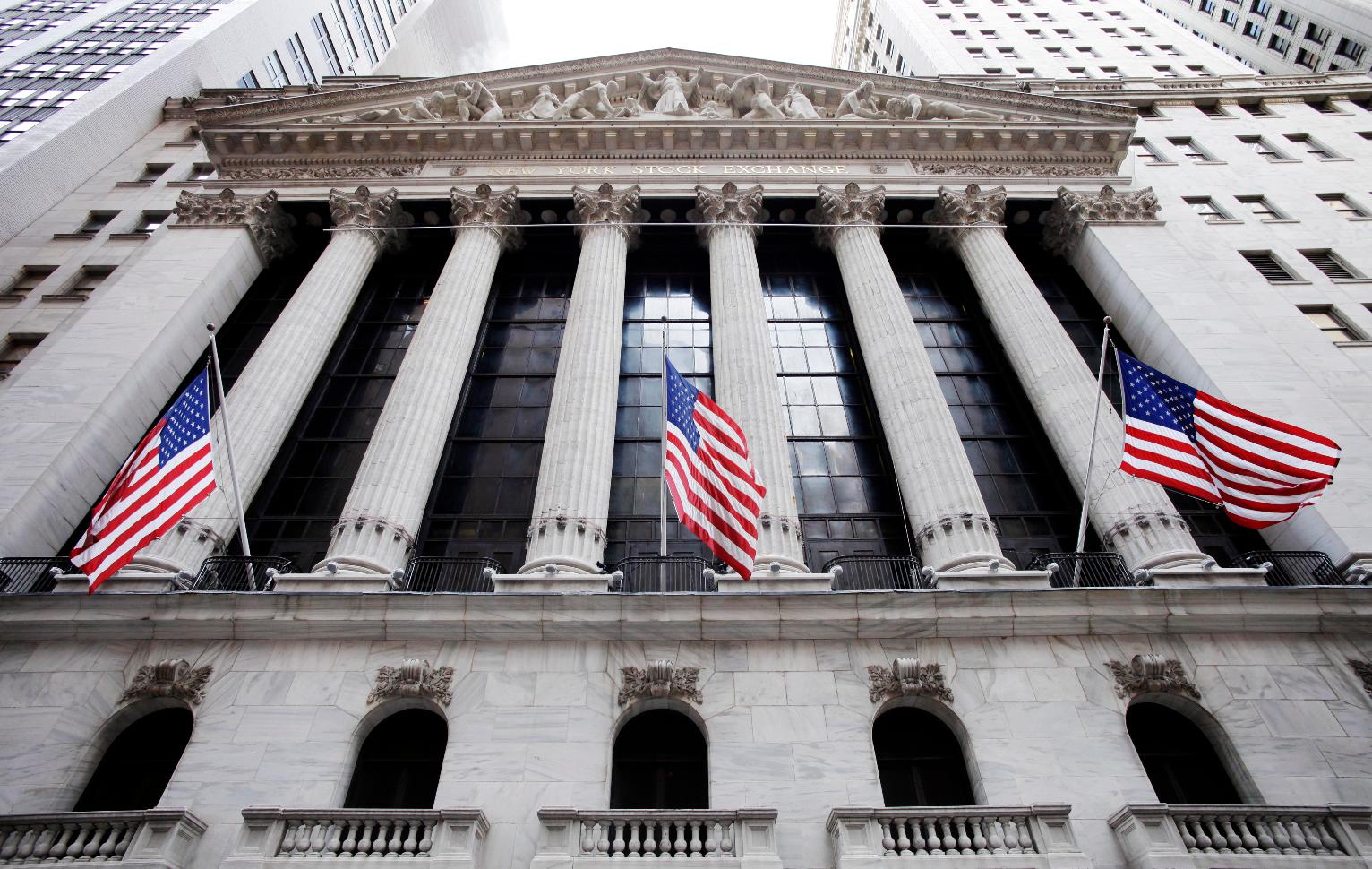A new world order took place and now, almost thirty years later, a new set of problems require different solutions that will only come from a change in mindset.
In less than fifty days the citizens of the United States will have elected its next President. A race that looked like a landslide one month ago is actually shaping up to be a nail-biter. This is not too surprising, given that a significant portion of the electorate view both Hillary Clinton and Donald Trump as unsatisfactory candidates. Regardless of whom is elected on November 8, the looming issue for these voters and the US as a whole will be the economy. The recovery is finally picking up and voters feel more confident about their current quality of life. However, their collective sense of the economy overall is less certain and the direction this country is headed in is perceived as more wrong than right. Globalization, technology, and demographics are testing the free market in ways we hadn’t anticipated. Capitalism is at a crossroads and the US must reflect on its own problems and spearhead a change if it is to survive.
The country is in a precarious position economically. On the one hand, recent data indicates that the recovery is starting to benefit more Americans. Unemployment has been steadily declining, inflation has remained low (for better and worse), and incomes may finally be going up. On the other hand, growth is stubbornly low, inequality is rising, and incomes are still below what they were both before the recession and at the end of the twentieth-century. There are many explanations for each issue, but most seem to fall within the realm of globalization, technology, and demographics. Each phenomenon arose from a post-Cold War consensus marked by comparatively open trade relations, more migration, aging native populations, and rapid automation of our daily lives. The US benefitted from the immediate effects such as lower prices, a diversified population, and more capable and efficient technology. A new world order took place and now, almost thirty years later, a new set of problems require different solutions that will only come from a change in mindset.
For a long time the conventional method of expanding one’s business was self-improvement. Hiring more employees or investing in better products would lead to greater revenue and thus, higher profits. However, recent shifts in technology and global relations have altered how companies try to make money. The two largest threats to first world workers have been technology and globalization. With difficulties growing revenue at home, corporations see cost cutting and corporate inversions as a means to larger profits. With sophisticated technologies taking up larger portions of the production line, companies can make do with less skilled, and less expensive, laborers. Outsourcing then becomes the mechanism for companies’ expanding profits. A zero-sum conflict then arises between management and labor: one gains at the expense of the other. This relationship becomes especially discordant when management receives large bonuses for cutting labor costs. Once so much of production has gone offshore, the company might as well incorporate overseas for the tax benefits which in effect depletes their former “home base” country’s tax revenues. This conflict between corporations and laborers and taxpayers is unlike anything we’ve seen before and is a drag on our economy that needs to be resolved — most likely by solutions never before attempted.
Another obstacle to overcome is the shifting demographics of our nation. The baby boomer generation is retiring en masse and our welfare state clearly was not built to withstand the large number of beneficiaries. Migration was one solution to the aging of our population: immigrants entered young with higher birth rates than native populations which replenished our workforce. However, the sizable number of low-skill immigrants entering the country puts downward pressure on wages and increases competition for employment. For the welfare state to be self-sustaining, a country needs a large and productive workforce to generate income for redistribution. This poses a dilemma: reduce migration in an effort to raise wages or reduce spending in an effort to remain within budget. The opportunity costs associated with either path are unpleasant. We can’t expel all immigrants because that leaves a labor shortage in many service sector jobs that Americans are reluctant to do. It also leaves us with an undesirably older and more homogenous workforce. Reducing spending is an equally painful exercise; the large number of retired individuals requires that welfare transform from a system of entitlements to means tested benefits. This type of fundamental change will be a shock to those used to the old welfare state but is necessary for our fiscal stability.
In my opinion, globalization, demographics and technology are not impediments to creating a more prosperous society. On the contrary, a more globalized world can make it easier to resolve conflicts and work together towards common goals for the betterment of humanity. Open business relations allow money and ideas to flow around the world creating and stronger, more interconnected market. Demographics are a part of an interconnected world and growing diversity will bring new perspectives to help communities solve challenges they couldn’t before. Technology will advance our capabilities and optimize our day to day lives. We need to shift how we think about capitalism if we want to realize the benefits of these policies. The old solutions will not suffice in this new globalized world. Hopefully our leaders can reconcile all of these considerations, because the fate of capitalism depends on it.
